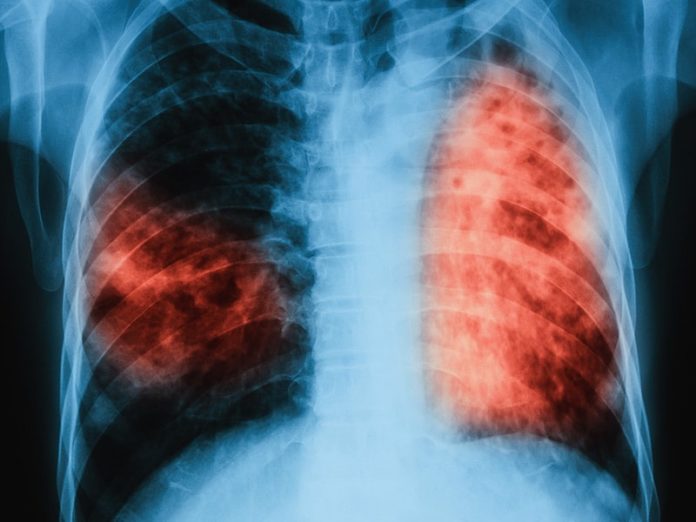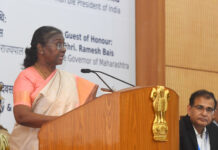
That is why the recent notification making it a punishable offence not to report tuberculosis could be a game changer
India has been engaged in TB control for the last 50 years. But Tuesday’s notification making it a penal offence for doctors and chemists not to report it is certainly a turning point in that fight and India’s road to TB elimination by 2025, five years ahead of the global target, as committed by prime minister Narendra Modi.
What is TB?
Tuberculosis (TB) is one of the most ancient diseases of human beings, caused by the bacteria Mycobacterium tuberculosis that most commonly infect the lungs. It is curable and preventable, provided timely diagnosed and appropriately treated.
It spreads from person to person through the air. When people with pulmonary TB cough, sneeze or spit, they propel TB germs into the air. A person needs to inhale only a few TB germs to become infected.
How common is TB?
TB kills an estimated 480,000 Indians every year and more than 1,400 every day. India also has more than a million ‘missing’ cases every year.
About one-third of the world’s population (about 40% of the Indian population) has latent TB, which means people have been infected with TB bacteria but are not (yet) ill with the disease and cannot transmit the disease, but people infected with TB bacteria have a 10% lifetime risk of falling ill with TB, and people who living with HIV are 20 to 30 times more likely to develop active TB. A person who has active pulmonary TB can infect 10–15 other people through close contact over the course of a year.
TB is one of the top 10 causes of death worldwide. TB occurs in every part of the world, but in 2015, the largest number of new TB cases occurred in Asia (61% of new cases) followed by Africa (26% of new cases). In 2015, in India 2.8 million people fell ill with TB and 4.8 lakh died from the disease (including 37000 among people with HIV).
It is essentially a disease of poverty and deprivation though by no means limited to only the poor. There are many instances of celebrities falling prey to the people. Over 95% of TB deaths occur in low- and middle-income countries. TB is a leading killer of HIV-positive people, in 2015, 35% of HIV deaths were due to TB. In our country, in 2015, an estimated 130,000 people developed multidrug-resistant TB (MDR-TB).
How is India fighting it?
Today, India’s DOTS (directly observed treatment-short course) program is the fastest-expanding and the largest program in the world in terms of patients initiated on treatment; and the second largest, in terms of population coverage. But, still India has the maximum number of drug sensitive TB, MDR TB and XDR TB cases.
Which is why the notification making non reporting of TB a criminal offence will go a long way in TB control by preventing patient non compliance and spread or drug resistant TB.
TB incidence has fallen by an average of 1.5% per year since 2000. This needs to accelerate to a 4–5% annual decline to reach the 2030 milestones of the “End TB Strategy”.
Since the 1990s, there has been a substantial improvement in access to high-quality tuberculosis services globally, however, too many people still remain undiagnosed or diagnosed late. This leads to a persistent high risk of transmission in some societies.
Challenges on the way
Major challenges to combat TB in India are lack of TB knowledge, social stigma, poor primary health care infrastructure in rural areas, unregulated private health care leading to widespread irrational use of first-line and second-line anti-TB drugs, growing incidence of HIV infection, lack of political will and a corrupt administration. Beyond this, we wish that Delhi END TB summit 2018 commitments would come in force and world will be free from TB by 2030.













